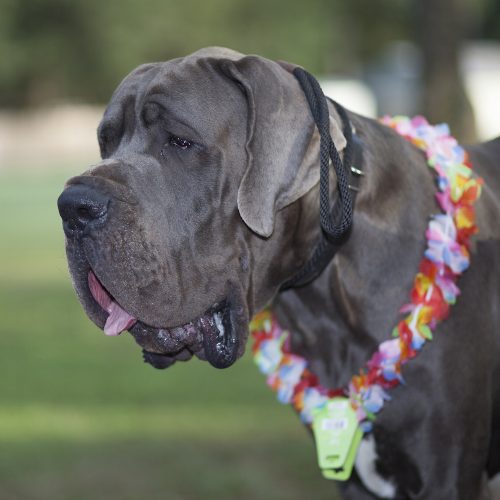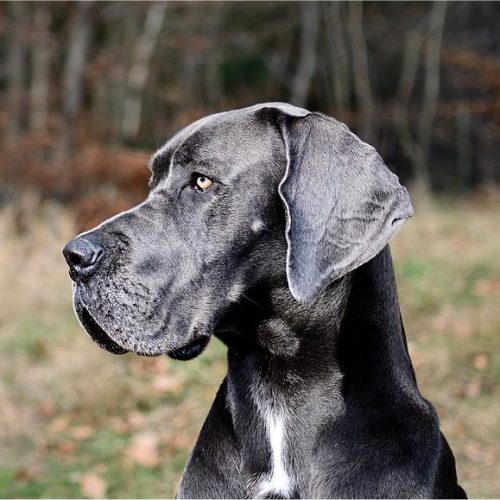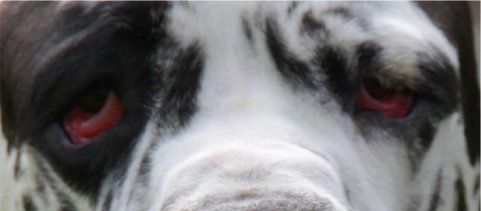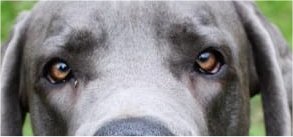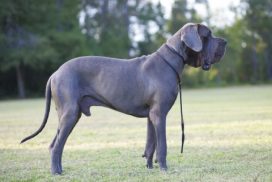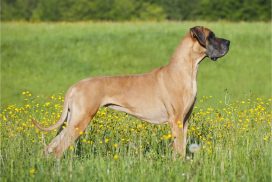Hyper Type vs Real Great Dane
Where do Great Danes come from?
The forerunner of the modern day Great Dane (Deuche Dogge) was a hound, somewhere between the strong Mastiff type and the fast, handy Greyhound. They needed to be strong, fast and agile. (Reference)
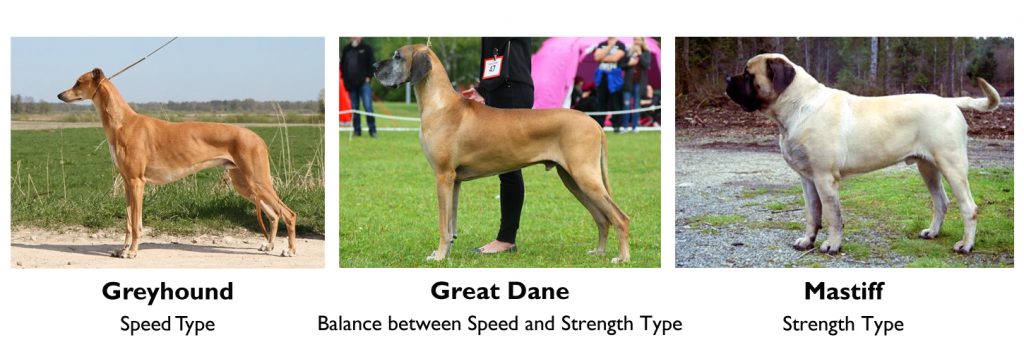
How old is the Great Dane Standard?
In 1878 a committee of seven was formed in Berlin. It consisted of active breeders and judges with Dr. Bodinus as chair. They made the decision to classify these dogs as Deutche Dogge (Great Dane). The first Standard for the Great Dane was laid down in 1880 at a show in Berlin. (Reference)
How many Standards are there?
One. There is one Standard and one Great Dane type.
“The Great Dane in his noble appearance combines a large, powerful well constructed body with pride, strength and elegance. The Great Dane strikes the onlooker as a noble statue, never coarse or refined. He is the Apollo amongst all breeds.”
Why is a Hyper Type not a Great Dane?
Let’s touch on the most apparent differences between the hyper type dog and the Great Dane. Below are excerpts from the Great Dane Standard with photos of both the Great Dane and the hyper type dog for comparison to the Standard.
Head:
“Carried high. In harmony with the general appearance of the dog. Long, narrow, distinct and expressive. Never wedge shaped. Finely chiselled, especially under the eyes. The distance from tip of nose to stop and from stop to the slightly defined occipital bone should be as equal as possible. The upper lines of muzzle and skull should definitely run parallel. The head must appear narrow seen from the front with bridge of nose as broad as possible. The lips cannot be loose and flapping.”
Neck:
“Long, clean, muscular and never short or thick. Well formed set on, tapering slightly towards the head, with arched neckline. Carried upright but inclined slightly forward, but no ewe neck. Throatiness or dewlap is highly undesirable.”
Why is this a problem?
The dog does not fit the Standard at all. It is actually everything the Standard explicitly states it should NOT be. The heads are too big for the bodies, usually with over-curvature and inflexibility (ankyloses) of the neck. They struggle to carry the weight of the head.
Eyes:
“Of medium size with lively friendly intelligent expression. Almond shaped with close fitting lids. Eyes not set too wide apart or slit eyes. As dark as possible, light piercing or amber coloured eyes are undesirable. Although in blue dogs slightly lighter eyes are tolerated. In harlequins pale (ice blue) eyes or two differently coloured eyes are to be tolerated.”
Why is this a problem?
Apart from the fact that it is ugly and totally contradictory to the Standard, there are major health issues related to these eyes. These dogs suffer from entropion and ectropion. Very painful to the dog and costly to the owner to remedy.
Skin:
“Tight fitting. In solid colours, well pigmented. In harlequins, the distribution of pigment mainly corresponds to the markings.”
Body:
“Withers: The highest point of the strong body. It is formed by the points of the shoulder blades which extend beyond the spinal processes.
Back: Short and firm, in almost straight line falling away imperceptibly to the rear. Back NEVER to be long or with top line rising towards the rear.
Loin: Slightly arched, broad, strongly muscled.
Croup: Broad, well muscled. Sloping slightly from hipbone to tail set, imperceptibly merging into the tail set. Croup must never fall away steeply or be completely flat.
Chest: Reaching to the elbows. Well sprung ribs, reaching far back. Ribs must never be barrel shaped or flat. Chest of good width and depth and must never look flat sided or shallow. Well marked fore-chest, although breastbone must not be too strongly pronounced.
Underline and belly: Belly well tucked up towards rear, forming a nicely curved line with the underside of the brisket. It is not desirable that females retain a slack belly line after maternal duties.
Tail: Reaching to the hocks, must not be too long or too short. Set on high and broad, neither too high nor too low. Not too thick, tapering evenly towards tip. In repose tail is hanging down with natural curve. When the dog is alert or moving the tail is carried slightly sabre-like but not markedly above the backline, must never be carried above the back line. Hook tail or curled tail as well as a tail carried sideways are highly undesirable. Bristle hair on tail undesirable.”
Why is this a problem?
If you read the description of the dog according to the Standard, you will note that the Hyper Type dog fails almost every description and has many of the things specifically mentioned as things a Great Dane should NEVER have.
Not only are these dogs not Great Danes according to the Great Dane Standard, but because of their excess weight and poor conformation, they have skeletal problems. The Hyper Type fad has severe consequences for the health of the dogs. Hyper type great danes often have massive eye problems with Ektropion, Entropion etc. They have huge amounts of loose skin caused by a weak conjunctive tissue, which is also under suspicion to increase the risk for a stomach torsion. They have problems with their skeletal and locomotory system due to extreme weight etc.
Overall, the already short lifespan of Great Danes is shortened even further by the hypertype trend and in the end only the dogs and their owners suffer.
